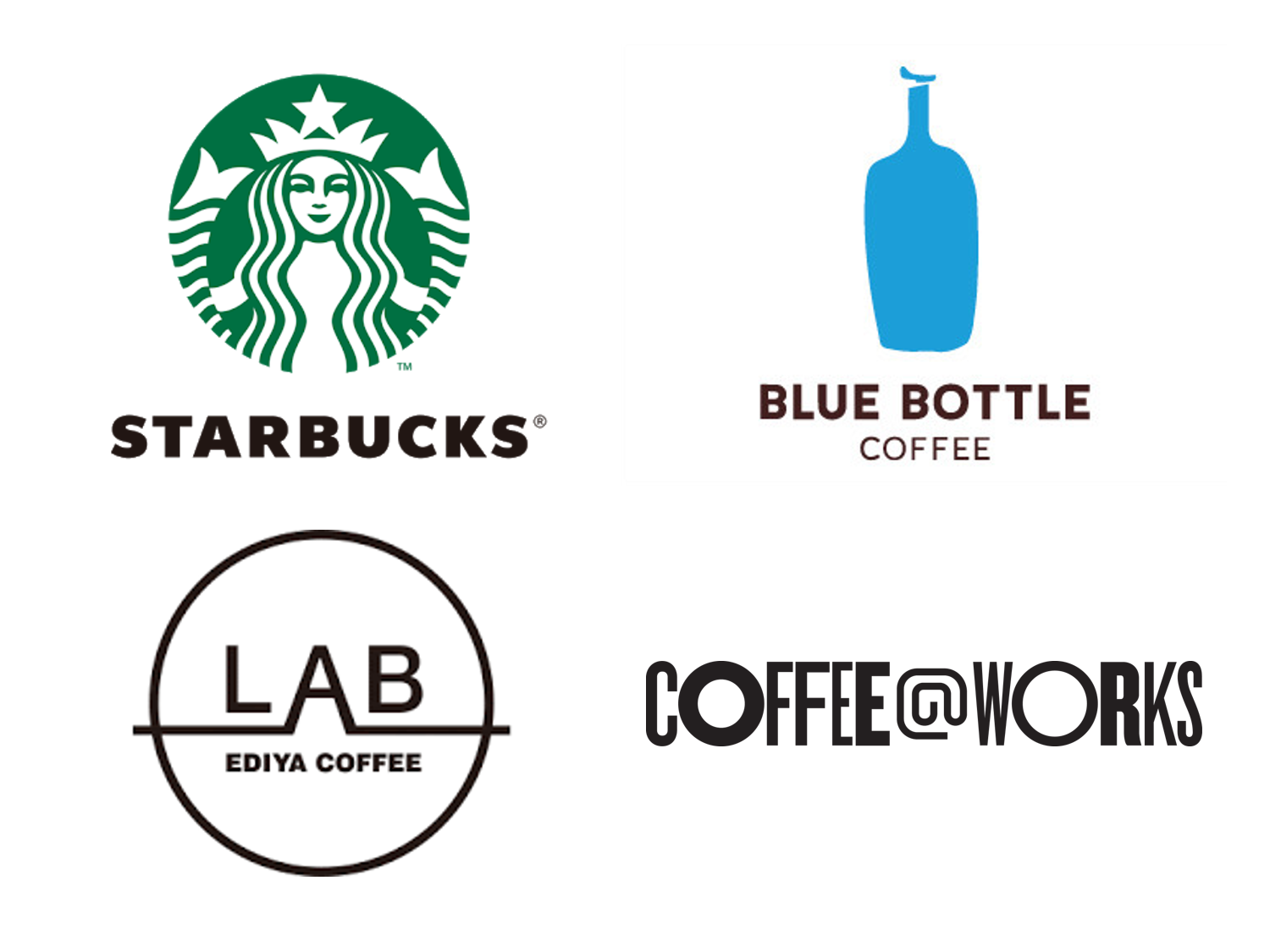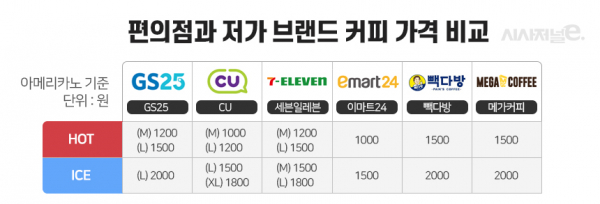Today, we look into the Café industry trends related to Starbucks.
3-1. Opportunities
Growing Specialty Coffee
It has been a long time since the coffee market has matured, but the coffee shop industry is still growing steadily. According to the 2020 food restaurant statistics by Ministry of Agriculture, Food and Rural Affairs, the number of coffee shops in Korea is increasing by more than 5,000 every year from 51,551 in 2016 to 56,928 in 2017 and 66,231 in 2018. The total sales of coffee shops have also steadily increased, the sales of coffee shops increased by 10.1% from 7.1 trillion won in 2016 to 7.900 trillion won in 2017, according to data from Statistics Korea.
Industry experts say that the main reason behind the growth in the coffee market is the polarization into the low-price or specialty market.
Specialty coffee refers to coffee that has achieved 80 or more out of 100 points according to the evaluation method of the American Specialty Coffee Association (SCAA). It is the best coffee beans attached to 7-10% of green beans produced in the world. The price is usually twice that of a regular Americano, but demand is gradually increasing. Consequently, the number of brands and stores offering premium specialty coffee is also increasing. In particular, premium stores dealing with specialty coffee are trying to satisfy consumers’ needs by considering not only the interior but also the exterior compared to typical stores.

- Starbucks Coffee Korea - Starbucks first launched its "Starbucks Reserve" store in 2014, opening the door to the premium coffee market in Korea. Starbucks Reserve Bar is a store with a dedicated bar for specialty coffee, and provides coffee by grinding the beans selected by customers on site. The interior of the Reserve store is decorated with luxurious interiors, creating a unique atmosphere. In addition, it uses a high-end espresso machine 'Clover' which extracts only one cup of coffee at a time using vacuum compression technology, and the price is high - around 6,000 won to 7,000 won - but it is popular. (A cup of Starbucks Americano costs 4,100 won.)
- Blue Bottle Coffee Korea - Blue Bottle, called "Apple of Coffee," for its unique philosophy, opened its first store in Seongsu-dong, Seoul, in 2019 and entered the Korean coffee market. Blue Bottle offers coffee menus such as selected blended coffee, single origin drip coffee and espresso drinks, while the Blue Bottle store which pursues warm minimalism, has fewer tables and doesn't offer outlets and Wi-Fi usually provided at regular coffee shops in Korea, so that customers can focus only on coffee. Blue Bottle's Instagram followers are also the second-largest Koreans after Americans, mostly enthusiastic among young people. Blue Bottle's signature drink, "New Orleans," costs 5,800 won. Single Origin Drip Coffee costs 6,300 won, similar to the coffee at Starbucks Reserve.
- Ediya Coffee Lab - Ediya Coffee operates "Ediya Coffee Lab", which refurbished 'Ediya Coffee Research Institute' in the form of customer opening, as a single store at its headquarters in Nonhyeon-dong, Gangnam-gu, Seoul. It provides a variety of attractions and experiences, from the green bean storage room to the roasting room, and the "main bar" where you can see the process of coffee being served, as well as the 'bean performance bar' where you can find out your own coffee blends. Furthemore, it offers a spacious 1,650m² store, spiral stairs, a magnificent door, and other splendid interior elements. The price ranges from 8,000~10,000 won for hand-drip coffee, and 4,000~6,000 won for espresso-based coffee.
- COFFEE@WORKS - COFFEE@WORKS, a specialty coffee brand operated by SPC Group, with the concept of 'specialty coffee enjoyed in the city,' uses only 7% of the world's finest specialty beans. COFFEE@WORKS is the first Korean company to offer 'customized coffee roasting'. Consumers can choose the beans, and the flavor such as the sweetness and the acidity by choosing the roasting grade, and if they record the roasting information in their name, they can reorder in the future. It also offers coffee in a variety of brewing methods and sells for about 6,000 won.
3-2. Threats
Growing Low-cost Coffee
Along with the growth of the Specialty coffee, centered on Starbucks, the No. 1 coffee industry player, and Blue Bottle, is growing, as well as convenience stores and mid- to low-end brands that compete with ‘low prices’. In a market where it is difficult to survive without features, low prices are acting as a new variable in the coffee market.
Paik’s Coffee and Mega Coffee are representative mid- to low-end brands in the coffee shop market. As more consumers are concerned about cost performance, more people are looking for mid- to low-priced coffee. Paik’s Coffee and Mega Coffee are considered as this kind of brands. Instead of providing space, they are offering low-priced coffee specializing in takeaways to consumers. They are located in every alley, not in the traditional Starbucks district, to improve accessibility so that consumers can easily buy their coffee while passing through the streets. In addition, they used good quality, large, and 100% premium Arabica beans as high-priced coffee brands, throwing the game at a low price. The price consists of 1,500 won for Americano and 2,000 won for iced Americano, which is half the price of 4,100 won for a cup of Starbucks coffee.

Moreover, another entity that has led to lower prices of coffee is a ‘restaurant café’ that includes bakeries and fast food restaurants. Paris Baguette, a famous bakery franchise in Korea, is popular for providing high-quality coffee at reasonable prices. “Paris Baguette Adagio” uses high-quality coffee beans found by coffee experts traveling around the world. Nevertheless, the price is inexpensive, 2,500 won for Americano, and 3,500 won for café latte and café mocha. McDonald’s has also entered the low-priced competition by selling Americano for 1,500 won through its coffee brand “McCafé.” McDonald’s has approached consumers with a communication strategy that “You can enjoy good quality coffee at a reasonable price, break away from conventional wisdom that ‘expensive coffee is good coffee.’” Café latte small size is 1,800 won, Americano and Cappuccino small sizes are also sold at a reasonable price of 1,500 won and 1800 won, respectively.
Meanwhile, convenience stores are also growing day by day, playing a key role in the low-priced coffee market. Major convenience stores such as GS25, CU, 7-Eleven, and E-Mart 24 targeted the coffee market, which used to be dominated by specialty stores, through low prices and high accessibility. In 2019, GS25 and CU side by side exceeded 100 million sales, with a total sales of more than 300 million, more than quadrupling from 73 million cups in 2016. Some people say that the dominance of the domestic coffee market has shifted to convenience stores. Convenience stores drew attention from consumers as their quality as well as low prices were no different from other franchise coffee shops. It works as a big advantage that consumers can buy coffee that is cumbersome to drink at home at a low price without going far away, because convenience stores are all over the alley. In addtion, price is also competitive. Comparing the prices of coffee at convenience stores, the price does not exceed 2,000 won - GS25 was 1200~2000 won for Americano, CU was 1000~1800 won, 7-Eleven was 1200~1800 won, and E-Mart 24 was 1000~1500 won. Many say that the quality is good compared to the price range.

Design source: Sisa journel-e
The next article will cover the marketing strategies and activities.
Please stay tuned!